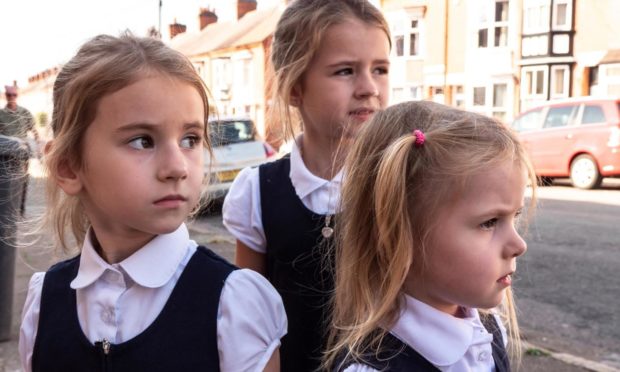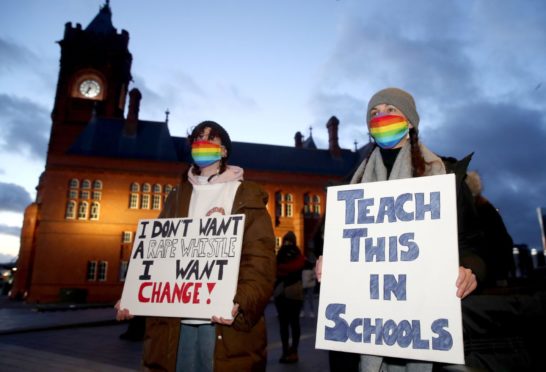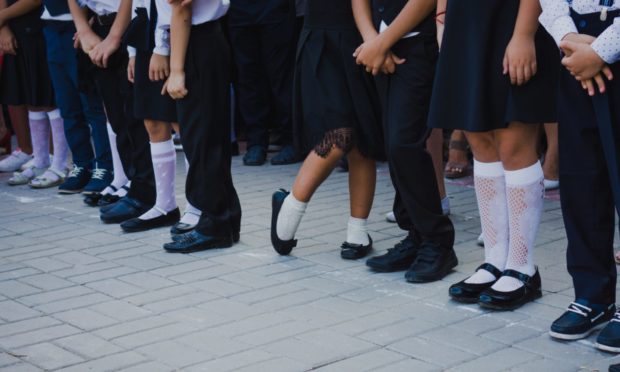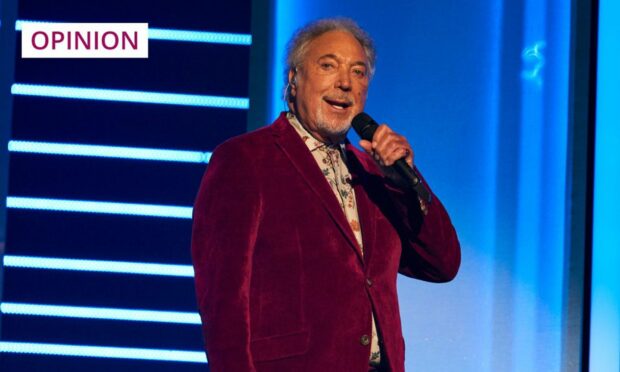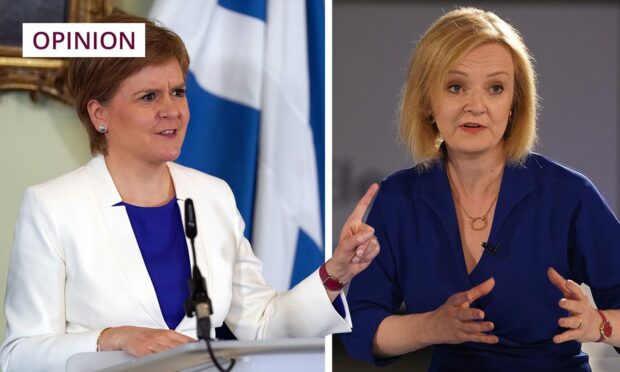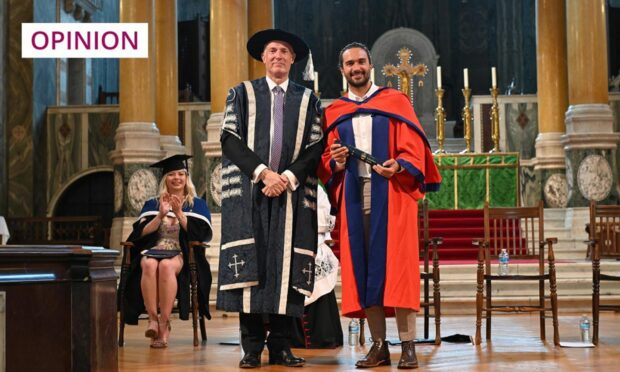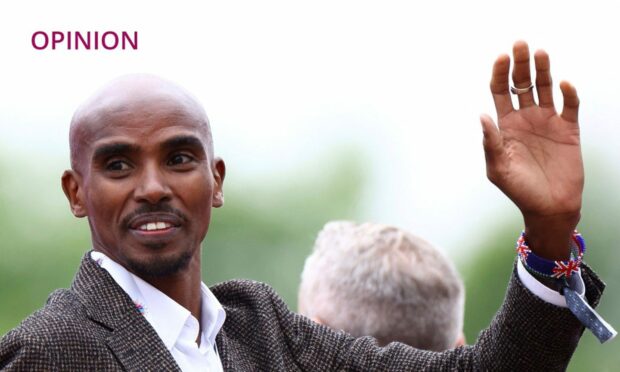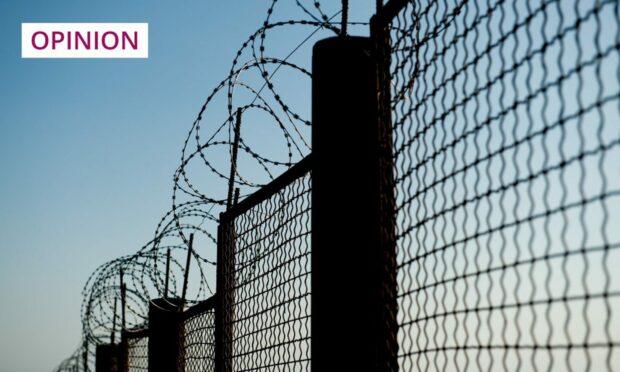I remember the pale blue bomber jacket with an acuity that surprises me, given how many years it is since I was 14.
But remembering it, I am 14 again: blazer-clad, followed off the bus by a stranger; stomach churning at his weasel smile and innuendo. Flight or fight.
Flight, I chose, running with my cumbersome, book-laden school bag battering against my leg, him running the other way to climb railings in that repugnant garment. Of course, it was him that was repugnant really but to this day, I am seriously unfond of men in particular bomber jackets.
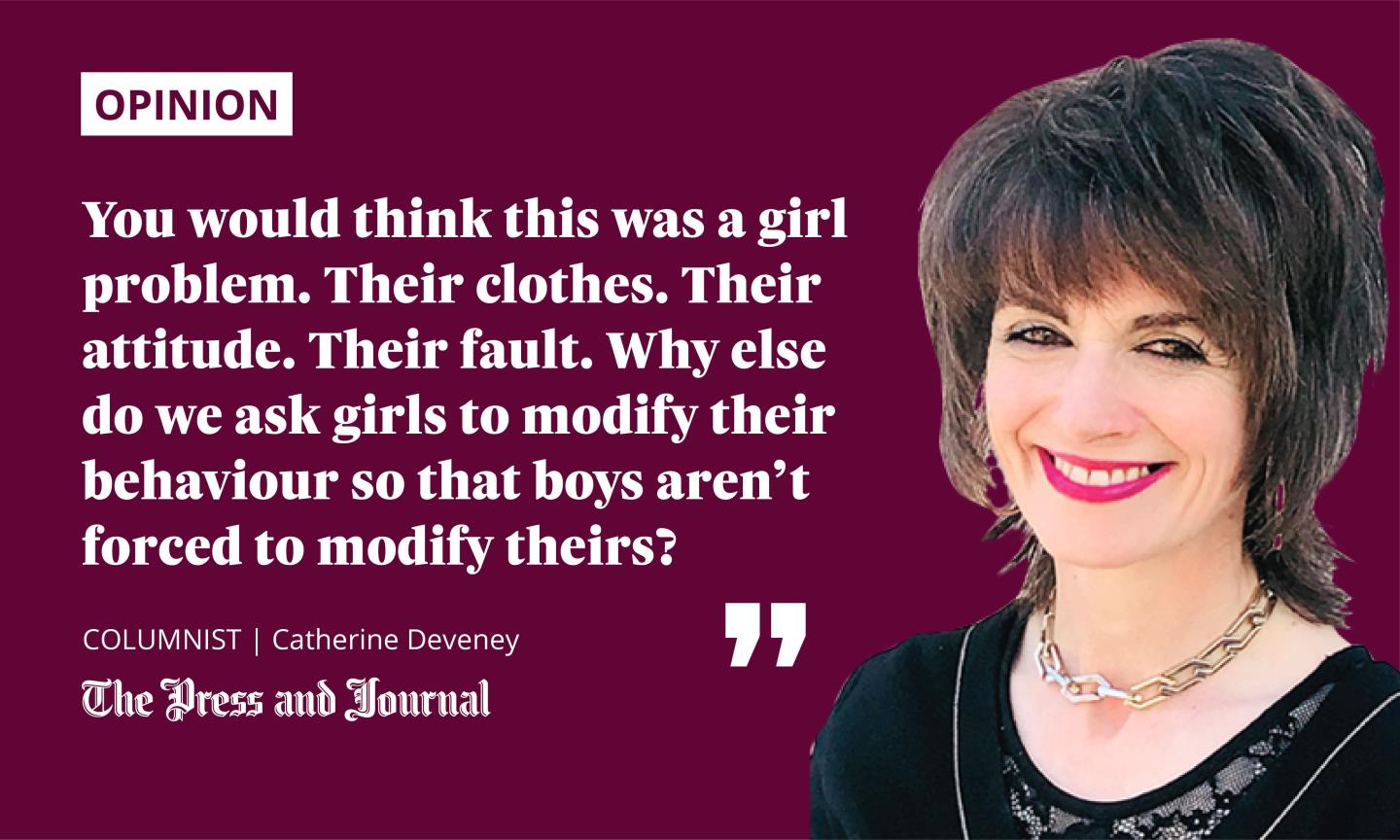
Then there was the boy in the posh school’s uniform, sitting next to me on the bus, jolting me out of my reverie when his hand crept up my leg. It’s his black rimmed specs, I remember, and the surreal way he simply stared ahead.
And the one whose hand came up my skirt as the bus queue pushed forward. I never actually saw his face. The awful thing about all this – I could go on – is that it is Everywoman’s trawl of memories. Nothing special.
Harassment of schoolgirls is nothing new
The furore about harassment in – and en route to – British schools even reached the New York Times. This is news? No, it’s not. It’s a tired, old, old story.
Who is surprised – other than the vicar and maiden aunt Maude – that investigators found the sexual harassment of schoolgirls is endemic? Or that they frequently suffer silently. The bus I took to school was packed but, in that moment, I was scared and mute. I cried when I reached school, where there was empathy but resignation. C’est la vie.
Why don’t we just go the whole hog and revisit the chastity belt to prevent boys foaming at the mouth at the merest glimpse of a navy blue gym knicker?
The school harassment story has run for months but I finally snapped and wrote this column after reading about “modesty shorts”. Modesty shorts are cycling shorts worn under skirts and, according to one primary headteacher, they enable girls to do cartwheels in their blue, check summer dress uniform. (Note to headteacher: try allowing trousers instead of making your little girls look like something out of an Enid Blyton boarding school.)
In secondary school, they supposedly prevent upskirting. Why don’t we just go the whole hog and revisit the chastity belt to prevent boys foaming at the mouth at the merest glimpse of a navy blue gym knicker?
Society is two-faced when it comes to equality
You would think this was a girl problem. Their clothes. Their attitude. Their fault. Why else do we ask girls to modify their behaviour so that boys aren’t forced to modify theirs?
This is not just about school uniforms forcing four-year-olds to wear cycling shorts, or teenage schoolgirls in Oban to wear black tights in summer, as we saw recently. It’s about societal expectations of women that even saw debate recently about whether murder victim Sarah Everard should have been walking home alone at 9pm.
Our society, like Janus, has two heads. Say one thing, do another. Legislate for equal pay but allow a 20% pay disparity. Make politically correct statements about equality but ignore the subtle nuances of them.
I once had a bad-tempered interview in a London restaurant with BBC broadcaster, John Humphrys, because the subject of abuse came up. Was I really saying, he demanded, that some stupid flasher in a park could traumatise a teenage girl? Yes, Mr Powerful-Man-In-A-Suit, that’s exactly what I was saying.
Why aren’t boys asked to be ‘modest’?
One of the (male) primary headteachers promoting modesty shorts said the school couldn’t stand by and allow “inappropriate attention from members of the public”. He was backed by the Child Protection lead of the National Police Chiefs Council (also male) who claimed: “Anything that can be done to ensure that young girls feel more secure has got to be good news, even modesty shorts.”
Girls might just feel more ‘secure’ if we stopped implying they have invited every bit of harassment that comes their way
How do you explain the nuances of “modesty shorts” to these men? Let’s take the word “modesty” for a start. When did you ever hear that word connected to a boy’s garment?
Girls might just feel more “secure” if we stopped implying they have invited every bit of harassment that comes their way.
The New York Times coverage had its own tale to tell. A 14-year-old girl was assaulted in a park by a boy who tried to remove her underwear. Afterwards, she saw him daily in school. Security cameras showed her zigzagging round corridors to avoid him.
The investigators’ verdict? She couldn’t be traumatised because, in one clip, she smiled minutes after seeing her attacker.
“I realised,” said the girl, “That instead of investigating my complaint, they were investigating me.”
Catherine Deveney is an award-winning investigative journalist, novelist and television presenter
